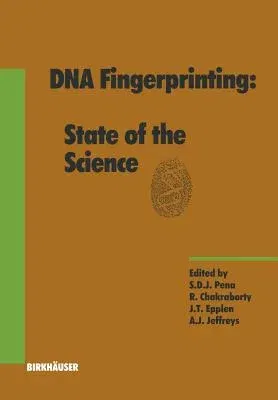DNA Fingerprinting: State of the Science (1993)Paperback - 1993, 1 July 1993

Qty
1
Turbo
Ships in 2 - 3 days
In Stock
Free Delivery
Cash on Delivery
15 Days
Free Returns
Secure Checkout
Part of Series
Experientia Supplementum
Part of Series
Exs
Part of Series
Mathematics in Industry
Print Length
468 pages
Language
English
Publisher
Birkhauser
Date Published
1 Jul 1993
ISBN-10
3764329068
ISBN-13
9783764329068
Description
Product Details
Book Edition:
1993
Book Format:
Paperback
Country of Origin:
US
Date Published:
1 July 1993
Dimensions:
24.41 x
16.99 x
2.46 cm
ISBN-10:
3764329068
ISBN-13:
9783764329068
Language:
English
Location:
Basel
Pages:
468
Publisher:
Weight:
762.03 gm

